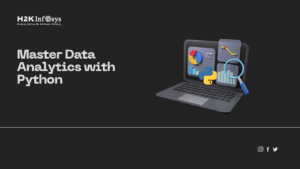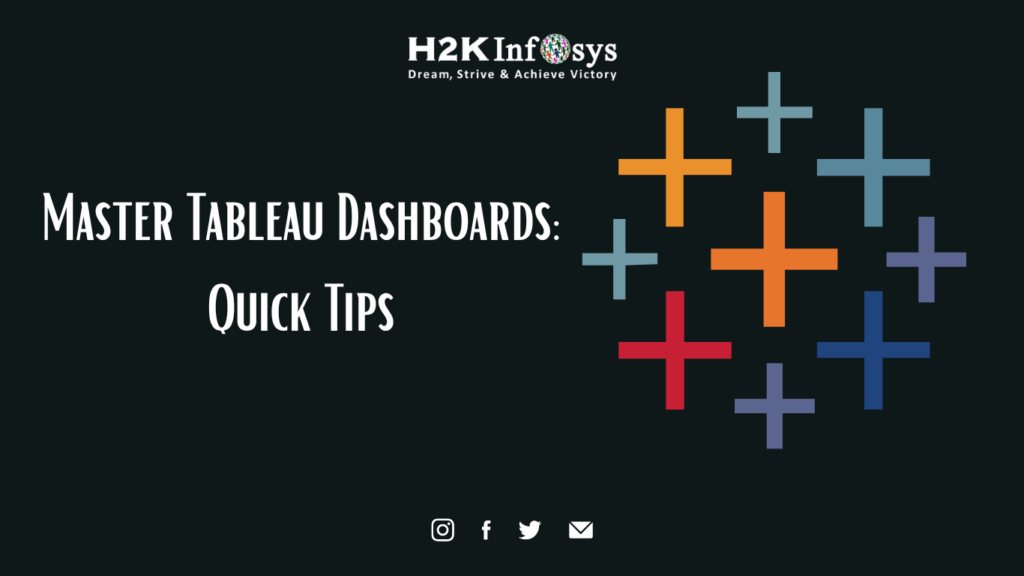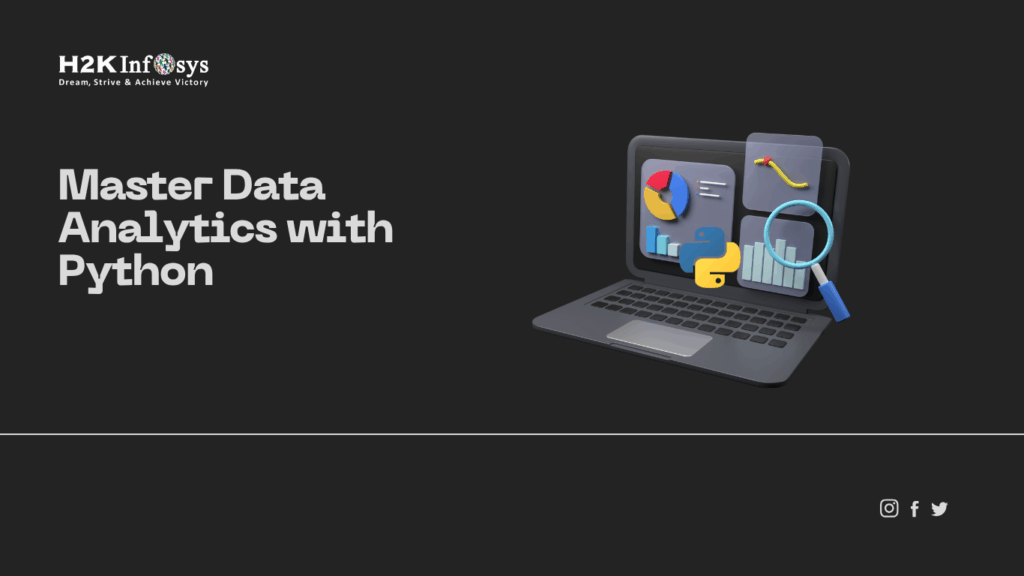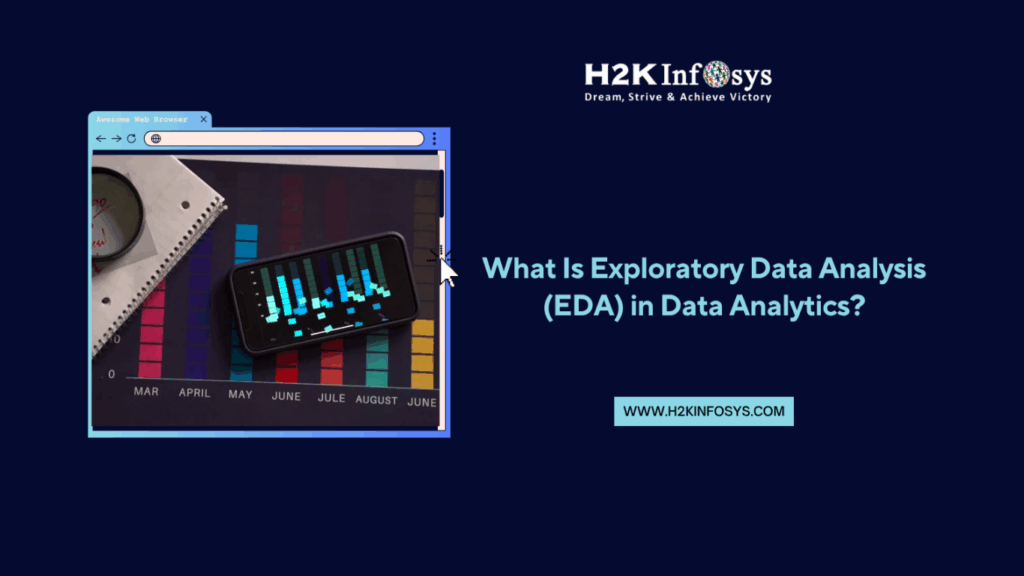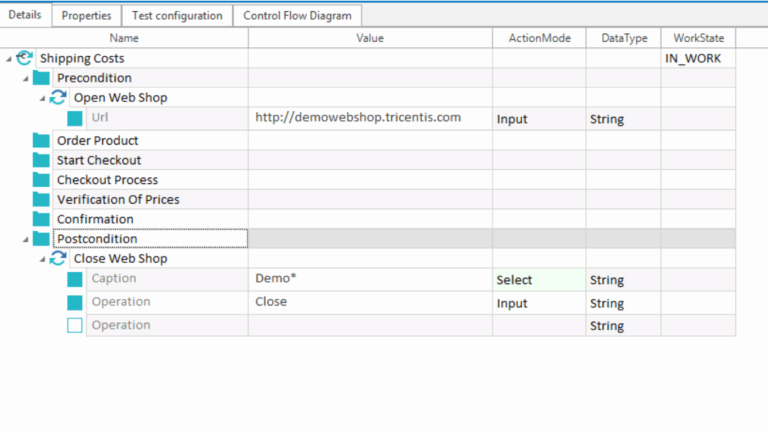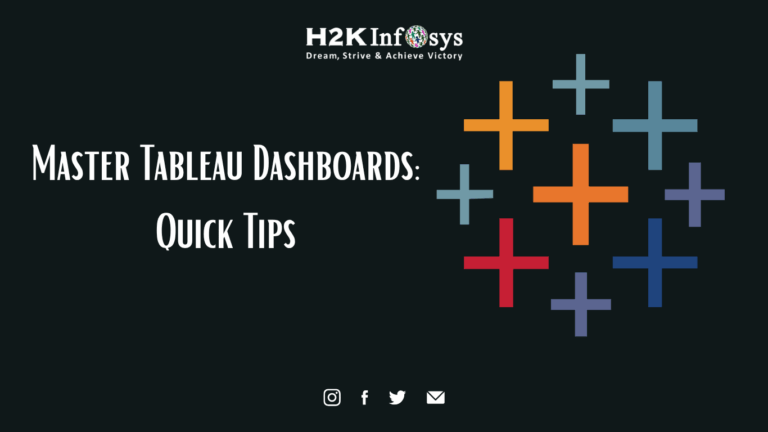Becoming a data engineer at Amazon is a prestigious opportunity that many professionals aspire to achieve. The role requires a robust understanding of data architecture, data pipeline design, and data processing. This blog will provide an overview of essential Amazon data engineer interview questions and how to answer them. The aim is to help you prepare for the interview process and increase your chances of success.
Introduction
Amazon is a leader in cloud computing, e-commerce, and data-driven solutions. As a data engineer at Amazon, you’ll be responsible for designing, building, and maintaining the infrastructure that supports data processing and analytics. The interview process is rigorous, focusing on both technical skills and problem-solving abilities. In this blog, we will cover the most common questions you may encounter during an Amazon data engineer interview and provide guidance on how to approach each one.
Key Areas of Focus
The Amazon data engineer interview typically covers several key areas:
- Data Modeling and Database Design
- Data Warehousing Solutions
- ETL (Extract, Transform, Load) Processes
- Big Data Technologies
- Coding and Algorithms
- System Design and Architecture
- Behavioral Questions
Data Modeling and Database Design
Question: Can you explain the differences between OLTP and OLAP?
How to Answer:
OLTP (Online Transaction Processing) and OLAP (Online Analytical Processing) are two types of database systems designed for different purposes.
- OLTP: Focuses on transaction-oriented applications. It is used for day-to-day operations, supports a large number of short online transactions, and requires fast query processing and data integrity in multi-access environments.
- OLAP: Designed for data analysis and business intelligence. It supports complex queries, large datasets, and is optimized for read-heavy operations. OLAP systems are used for historical data analysis, trend analysis, and reporting.
Question: How do you design a normalized database schema for an e-commerce application?
How to Answer:
To design a normalized database schema for an e-commerce application, you should:
- Identify Entities: Determine the primary entities such as Users, Products, Orders, Categories, etc.
- Define Relationships: Establish relationships between these entities. For example, a User can place multiple Orders, an Order can contain multiple Products, and Products can belong to multiple Categories.
- Normalization: Apply normalization rules to eliminate redundancy and ensure data integrity. This typically involves dividing tables into smaller tables and defining foreign keys.
Example:
- Users Table: UserID, UserName, Email, Password
- Products Table: ProductID, ProductName, Price, CategoryID
- Orders Table: OrderID, UserID, OrderDate
- OrderDetails Table: OrderID, ProductID, Quantity
- Categories Table: CategoryID, CategoryName
Data Warehousing Solutions
Question: What is a star schema and a snowflake schema?
How to Answer:
A star schema and a snowflake schema are two types of data warehouse schema designs.
- Star Schema: In a star schema, a central fact table is connected to multiple dimension tables. The fact table contains metrics and quantitative data, while the dimension tables store descriptive attributes related to the data in the fact table. The structure resembles a star, hence the name.
- Snowflake Schema: A snowflake schema is a more normalized form of the star schema. In this design, dimension tables are further normalized into multiple related tables, resulting in a complex structure that resembles a snowflake. This reduces data redundancy but can increase the complexity of queries.
Question: How do you handle slowly changing dimensions (SCD) in a data warehouse?
How to Answer:
Slowly Changing Dimensions (SCD) refer to the dimensions in a data warehouse that change slowly over time. There are several types of SCDs:
- Type 1: Overwrite the old data with the new data. This approach does not keep any history of changes.
- Type 2: Create a new record for each change. This approach maintains a complete history of changes and is commonly used when historical accuracy is important.
- Type 3: Add a new column to store the current and previous values. This approach is useful when you need to track only limited history.
Explain the scenario and type of SCD implemented in your previous experience or theoretical understanding.
Recommended to Read Also: Quality assurance software testing courses
ETL Processes
Question: Describe the ETL process and the tools you’ve used.
How to Answer:
ETL (Extract, Transform, Load) is the process of extracting data from various sources, transforming it into a format suitable for analysis, and loading it into a target data warehouse or database.
- Extract: Data is extracted from various sources such as databases, APIs, and flat files.
- Transform: The extracted data is cleaned, filtered, and transformed into the desired format. This step may involve data validation, data enrichment, and applying business rules.
- Load: The transformed data is loaded into the target system, such as a data warehouse.
Mention the ETL tools you have experience with, such as Apache Nifi, Apache Airflow, Talend, or AWS Glue, and provide examples of how you’ve used them in projects.
Question: How do you handle data quality issues during the ETL process?
How to Answer:
Handling data quality issues is crucial in the ETL process. Discuss the following steps:
- Data Validation: Implement validation checks to ensure data integrity. This includes checking for null values, data type mismatches, and duplicate records.
- Data Cleansing: Use data cleansing techniques to correct errors, such as removing duplicates, standardizing data formats, and filling in missing values.
- Data Profiling: Perform data profiling to understand the data’s characteristics and identify potential issues.
- Error Handling: Implement error handling mechanisms to log and address data quality issues as they arise.
Provide examples from your experience where you’ve encountered and resolved data quality issues.
Big Data Technologies
Question: What is the difference between Hadoop and Spark?
How to Answer:
Hadoop and Spark are both big data frameworks but have distinct differences:
- Hadoop: An open-source framework for distributed storage and processing of large datasets. It consists of HDFS (Hadoop Distributed File System) for storage and MapReduce for processing. Hadoop is suitable for batch processing and is known for its fault tolerance.
- Spark: An open-source, in-memory data processing framework. It provides faster data processing compared to Hadoop due to its in-memory computing capabilities. Spark supports batch processing, real-time data processing, and machine learning.
Question: Explain the architecture of Amazon Redshift.
How to Answer:
Amazon Redshift is a fully managed data warehouse service that uses columnar storage and parallel query execution to provide high performance and scalability. Its architecture includes the following components:
- Leader Node: Manages client connections and query execution plans. It coordinates query execution and aggregates results.
- Compute Nodes: Execute the queries and store data. Data is distributed across compute nodes, and each node processes a portion of the query.
- Node Slices: Compute nodes are divided into slices, where each slice is allocated a portion of the node’s memory and disk space.
Explain how you have used Amazon Redshift in your previous projects, focusing on your experience with setting up clusters, optimizing queries, and managing data.
Coding and Algorithms
Question: Write a SQL query to find the second highest salary in an employee table.
How to Answer:
To find the second highest salary, you can use the following SQL query:
SELECT MAX(Salary) AS SecondHighestSalary
FROM Employees
WHERE Salary < (SELECT MAX(Salary) FROM Employees);
This query first finds the maximum salary in the employee table, then retrieves the highest salary less than the maximum, which is the second highest.
Question: Describe an algorithm to detect cycles in a directed graph.
How to Answer:
To detect cycles in a directed graph, you can use Depth-First Search (DFS). The algorithm involves:
- Initialization: Mark all vertices as unvisited.
- DFS Traversal: For each unvisited vertex, perform DFS. Mark the current node as visited and also keep track of the recursion stack.
- Cycle Detection: If you encounter a vertex that is already on the recursion stack, a cycle exists.
function DFS(vertex, visited, recStack):
visited[vertex] = True
recStack[vertex] = True
for neighbor in graph[vertex]:
if not visited[neighbor]:
if DFS(neighbor, visited, recStack):
return True
elif recStack[neighbor]:
return True
recStack[vertex] = False
return Falsefunction detectCycle(graph):
visited = [False] * number_of_vertices
recStack = [False] * number_of_vertices
for vertex in range(number_of_vertices):
if not visited[vertex]:
if DFS(vertex, visited, recStack):
return True
return False
System Design and Architecture
Question: How would you design a data pipeline for real-time analytics?
How to Answer:
To design a data pipeline for real-time analytics, you should consider the following components:
Data Ingestion: Use real-time data ingestion tools like Apache Kafka or AWS Kinesis to collect and stream data.
Data Processing: Implement real-time processing using frameworks like Apache Spark Streaming or AWS Lambda. Apply transformations, aggregations, and analytics in real-time.
Data Storage: Store processed data in a scalable and fast storage solution like Amazon S3,


